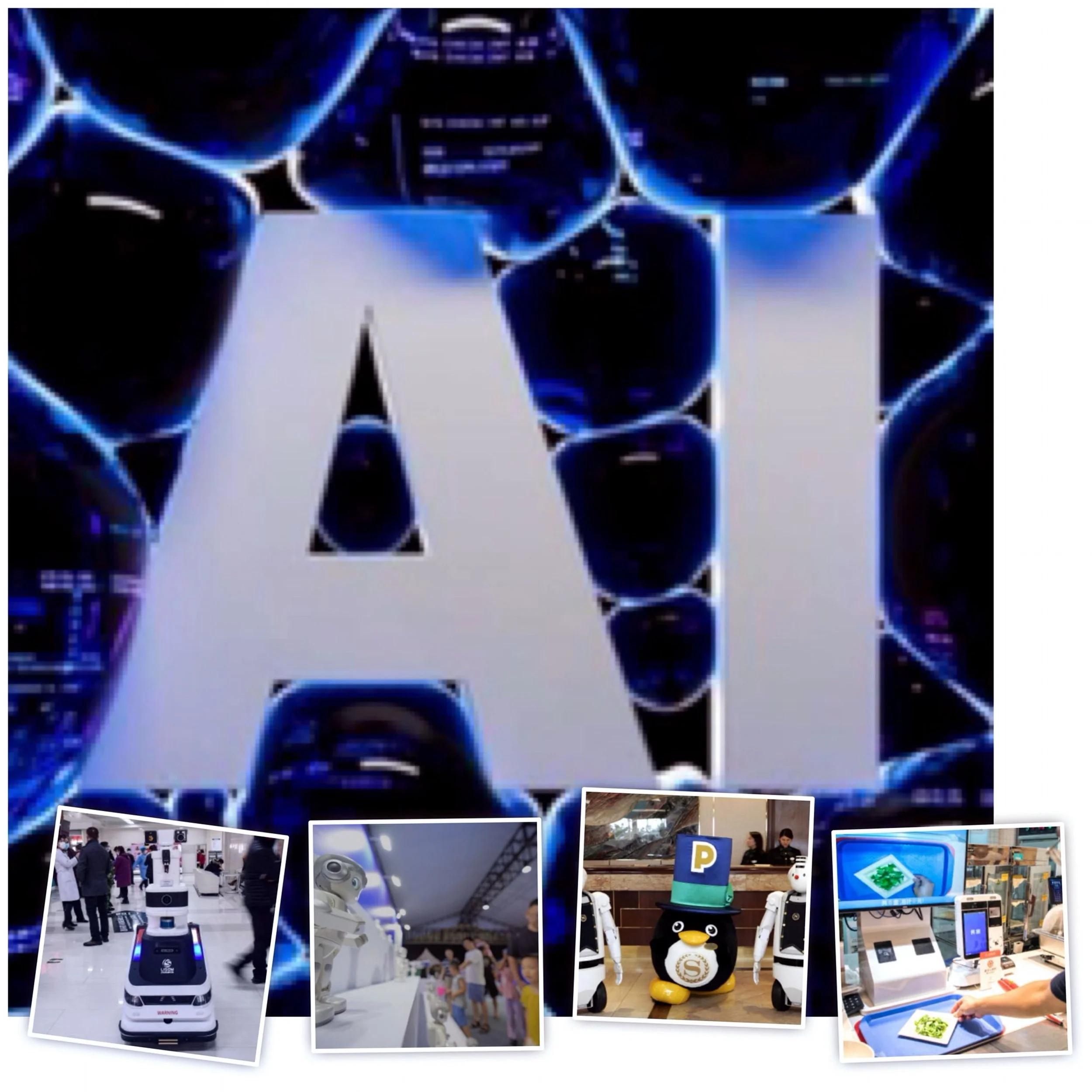What are the best practices for integrating AI with legacy security systems
Introduction
Best practices for integrating AI with legacy security systems:
Conduct a Comprehensive System Assessment
Assess current infrastructure to identify data sources, system limitations, and technical gaps.
Use this assessment to set realistic integration goals, establishing which processes could benefit most from AI without introducing risk.
Prioritize Data Modernization
Standardize and clean data from legacy systems to ensure accurate AI processing.
Consider implementing data lakes or warehouses to consolidate and format data from various legacy sources.
Choose the Right AI Integration Approach
Wrapper Approach:
Use APIs and microservices to pull data from legacy systems into new AI models without altering core functions.
Data-Driven AI Extensions:
Use AI to analyze data outputs from legacy systems and re-integrate insights into workflows.
Hybrid Cloud Integration:
Use cloud environments for AI processing while preserving legacy systems for core functions.
Implement a Phased Rollout
Start with non-critical functions that don’t risk core operations.
Use a gradual approach to introduce AI layer-by-layer, minimizing disruption and allowing teams to adjust.
Use Middleware
Employ middleware solutions to bridge the gap between legacy systems and AI technologies, improving compatibility.
Develop a Governance and Compliance Framework
Define clear data governance policies to ensure compliance with AI regulations.
Establish oversight for AI-enabled decision-making processes.
Invest in Upskilling and Cross-Functional Teams
Provide specialized training programs for employees to manage AI-enhanced systems effectively.
Assemble teams of IT, data science, and business experts to oversee integration.
Focus on Specific AI Applications
Enhance threat detection capabilities using AI for real-time data analysis and anomaly detection.
Implement automated incident response using AI to execute predefined playbooks.
Integrate AI into Security Information and Event Management (SIEM) systems for improved log analysis and alert accuracy.
Address Data Privacy and Security Concerns
Ensure sensitive data remains protected at rest and in transit.
Implement strong encryption and access controls.
Continuous Monitoring and Optimization
Regularly assess the AI system’s performance against defined KPIs.
Be open to adjustments and fine-tuning as the system evolves.
Consider Long-Term Transformation Strategies
Explore gradual cloud migration for legacy systems to leverage scalable AI resources.
Use digital twins to simulate legacy environments and test AI integrations without affecting live systems.
Build an API-centric architecture to improve system interoperability and ease future integrations.
Conclusion
By following these best practices, organizations can effectively integrate AI with their legacy security systems, enhancing their capabilities while minimizing disruption and managing potential risks.






